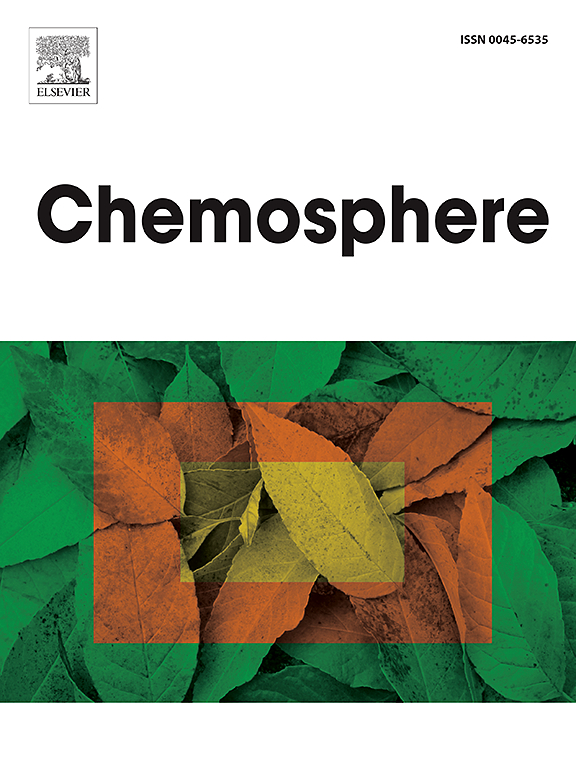膜生物反应器集成电凝对洗涤剂厂废水处理及膜污染的影响
IF 8.1
2区 环境科学与生态学
Q1 ENVIRONMENTAL SCIENCES
引用次数: 0
摘要
本研究评估了在实验室规模的膜生物反应器(EC-MBR)中集成电絮凝处理洗涤剂制造厂废水的效果。EC-MBR系统的化学需氧量(COD)和阴离子表面活性剂去除率分别为95.1%和99.7%,高于MBR系统的93.3%和98.7%。与MBR系统相比,EC-MBR系统的污泥体积指数和混合液上清浊度分别显示出更好的污泥沉降和絮凝能力。膜污染在EC-MBR系统中不那么严重,这与可溶性微生物产物的浓度降低和松散结合的细胞外聚合物物质有关,特别是它们的蛋白质与碳水化合物的比例,以及混合液中颗粒大小的增加。傅里叶红外光谱(FTIR)分析表明,膜饼层主要由蛋白质和碳水化合物组成。扫描电镜(SEM)显示MBR系统中微生物群由棒状和椭圆形细菌组成,而EC-MBR系统中微生物群以球形结构为主。EC-MBR系统能耗低(1.75 kWh m-³),运行成本低(0.55 m-³),突出了其在可持续废水管理方面的效率和成本效益。本文章由计算机程序翻译,如有差异,请以英文原文为准。

Gaining comprehensive insight into the effect of electrocoagulation integrated in a membrane bioreactor on the detergent manufacturing plant wastewater treatment and membrane fouling
This study evaluated the integration of electrocoagulation into a lab-scale membrane bioreactor (EC-MBR) for treating wastewater from a detergent manufacturing plant. The EC-MBR system achieved a higher chemical oxygen demand (COD) and anionic surfactant removal efficiencies of 95.1% and 99.7% compared to 93.3% and 98.7% in the MBR system, respectively. Sludge volume index and mixed liquor supernatant turbidity revealed superior sludge settling and flocculation ability, respectively, in the EC-MBR system compared to the MBR system. Membrane fouling was less severe in the EC-MBR system, linked to reduced concentrations of soluble microbial products and loosely bond extracellular polymeric substances, especially their protein to carbohydrate ratio, as well as increased particle size in the mixed liquor. Fourier transform infrared spectroscopy (FTIR) analysis indicated that the membrane cake layer was mainly composed of protein and carbohydrate. Scanning electron microscopy (SEM) revealed microbial clusters in the MBR system composed of rod- and oval-shaped bacteria, while the EC-MBR system primarily showed spherical microbial structures. The EC-MBR system demonstrated low energy consumption (1.75 kWh m−³) and operating costs ($0.55 m−³), highlighting its efficiency and cost-effectiveness for sustainable wastewater management.
求助全文
通过发布文献求助,成功后即可免费获取论文全文。
去求助
来源期刊

Chemosphere
环境科学-环境科学
CiteScore
15.80
自引率
8.00%
发文量
4975
审稿时长
3.4 months
期刊介绍:
Chemosphere, being an international multidisciplinary journal, is dedicated to publishing original communications and review articles on chemicals in the environment. The scope covers a wide range of topics, including the identification, quantification, behavior, fate, toxicology, treatment, and remediation of chemicals in the bio-, hydro-, litho-, and atmosphere, ensuring the broad dissemination of research in this field.
 求助内容:
求助内容: 应助结果提醒方式:
应助结果提醒方式:


